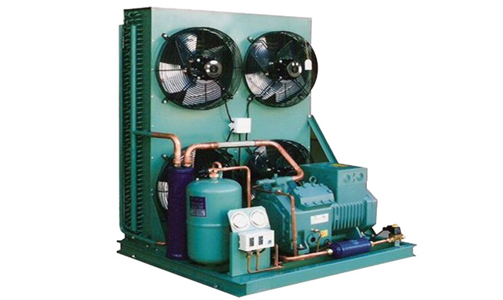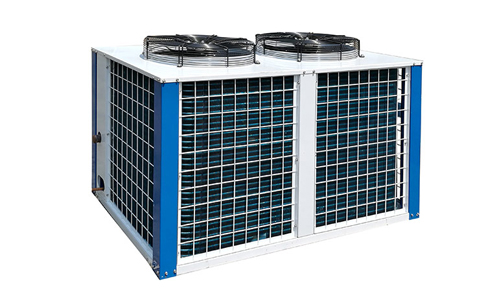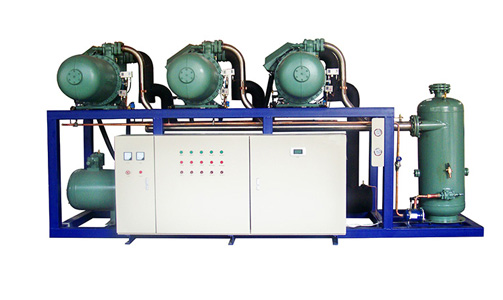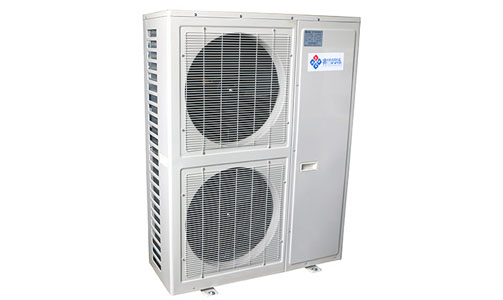You rely on your HVAC system to keep you cool all summer and warm all winter. You know it will kick in as soon as the temperature changes, but do you know what's really going on behind the scenes? Underneath the four-square metal exterior is a complex system of parts that all work together to help keep your family comfortable year-round. The condenser plays an important role in this system.
What does a condenser do and why is it important? What role do they play in your HVAC setup? How do you keep your HVAC in tip-top shape? Today, we'll answer all of these questions and more. No matter how big or small they are, you'll gain a new understanding of all the components that keep your home running.
How Does An Air Conditioning System Work?
Before we dive into the in-depth details of condensers, it helps to understand how your air conditioning system works in the first place. This is a major part of your home or office that you may not give much thought to, but depend on greatly on a daily basis.
A standard HVAC system includes three primary components. These include an:
AC furnace (electric or gas)
AC condenser
AC evaporator
The condenser and evaporator function as a system of coils, connected by a series of pipes that run between them. Part of the condenser, the compressor is a type of electric pump that is used to pressurize the gas inside of the unit.

Air Cooled Piston Condensing Unit
Depending on the size and scale of your system, you’ll have other parts and accessories, too. For instance, many systems will also contain an expansion valve to help regulate and control the transfer of refrigerant as it travels into the evaporator coils.
In general, a large commercial HVAC system will look different from a small household window unit. However, nearly every system will include some variation of the above three components.
The method in which they work together, however, may vary.
For instance, in a central air conditioner, the condenser and compressor are usually located within the same unit, in a system placed on the exterior of the property. On the other hand, in a smaller window unit, the condenser is located on the back portion of the unit (rather than contained within the unit), facing the outdoors.
Understanding the Condenser’s Role
Due to the fact that the condenser unit contains a fan that blows air, many people think that this component is the part of the HVAC system that pumps air into and out of their home.
However, as described in the process above, the condenser is strictly responsible for pumping refrigerant. The air that is blown from the condenser is generated by the fan it uses to cool itself. The actual condenser does not integrate into your home’s ductwork.
A Word on Freon
If you’ve been a homeowner or business owner for many years, you may refer to refrigerant by one of its most common commercial brand names: Freon, or R-22.
For decades, Freon was the go-to refrigerant used by teams of HVAC technicians around the country.

Air-Cooled Compressor Unit
However, Section 608 of the Clean Air Act of 1990 revealed that while it might be effective, the gas isn’t ideal for the environment. In this Act, the U.S. Environmental Protection Agency (EPA) identified many different ozone-depleting substances (ODS) and their substitutes that could contribute to air pollution across the United States.
These included several synthetic chemicals, such as:
Chlorofluorocarbons (CFCs)
Halons
Hydrochlorofluorocarbons (HCFCs)
Across various industries, these chemicals are used in different capacities. For example, you might find them as refrigerants, solvents, or even insulating foams.
In Section 608, the EPA specifically prohibits anyone from intentionally venting ODS refrigerants while maintaining, servicing, or disposing of air conditioning systems or any type of refrigeration equipment. This is part of the agency’s overall goal to reduce the use and emission of CFCs and HCFCs.
As Freon is a known HCFC, professionals in this space have been phasing it out of use, reaching for more eco-friendly alternatives instead. One of these alternatives is Puron or R-410A. Approved by the EPA as an acceptable alternative to Freon, Puron is recognized by industry experts as the first long-term solution to help combat ozone depletion.
The refrigerant in your HVAC system should not dissipate. However, if you have even a tiny leak in your system, it could begin to leak refrigerant.
Most leaks can be traced back to a broken coil or a worn-out seal. When these issues happen, you’ll begin to notice that your air conditioning system is not working as well as it once did.








